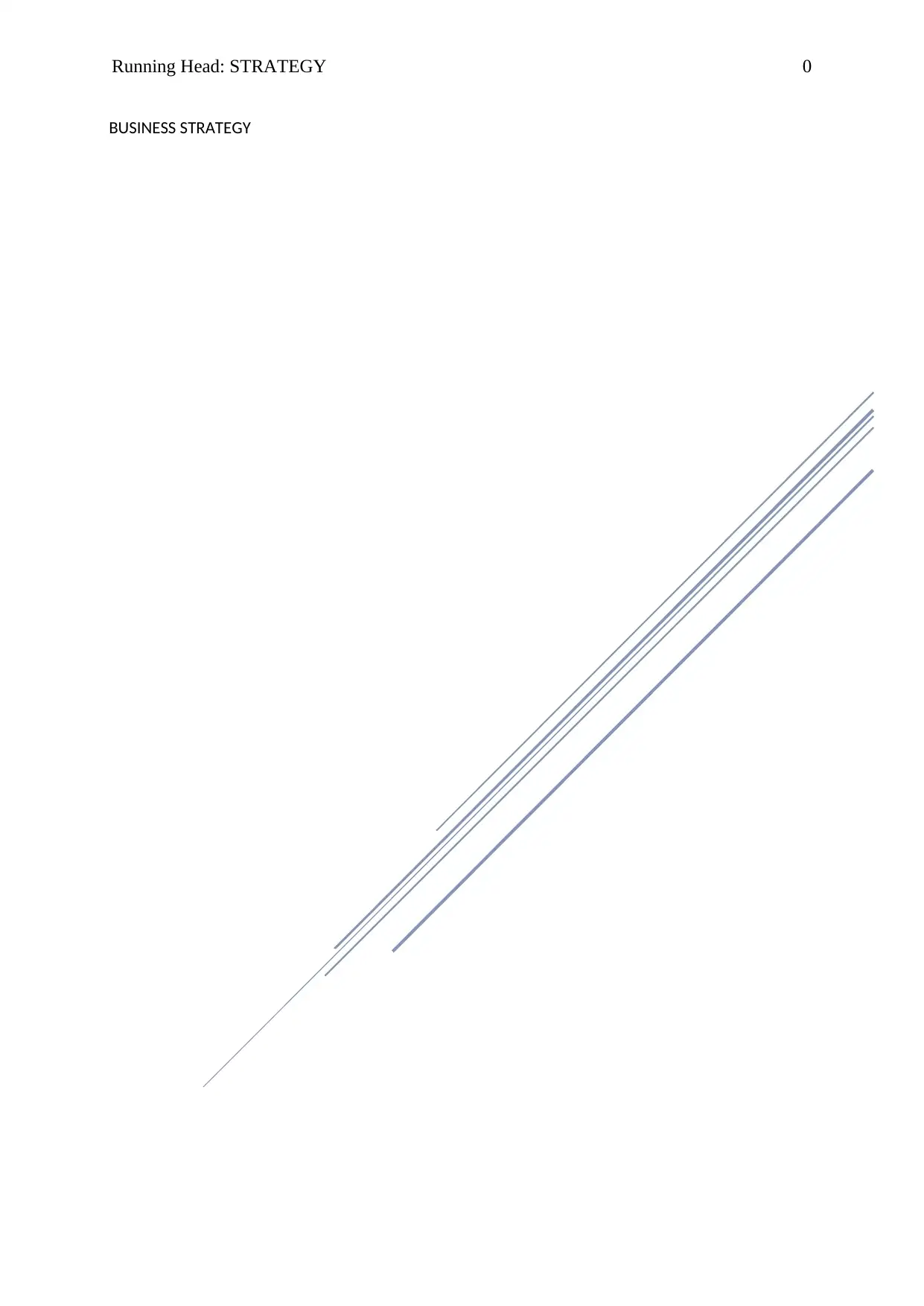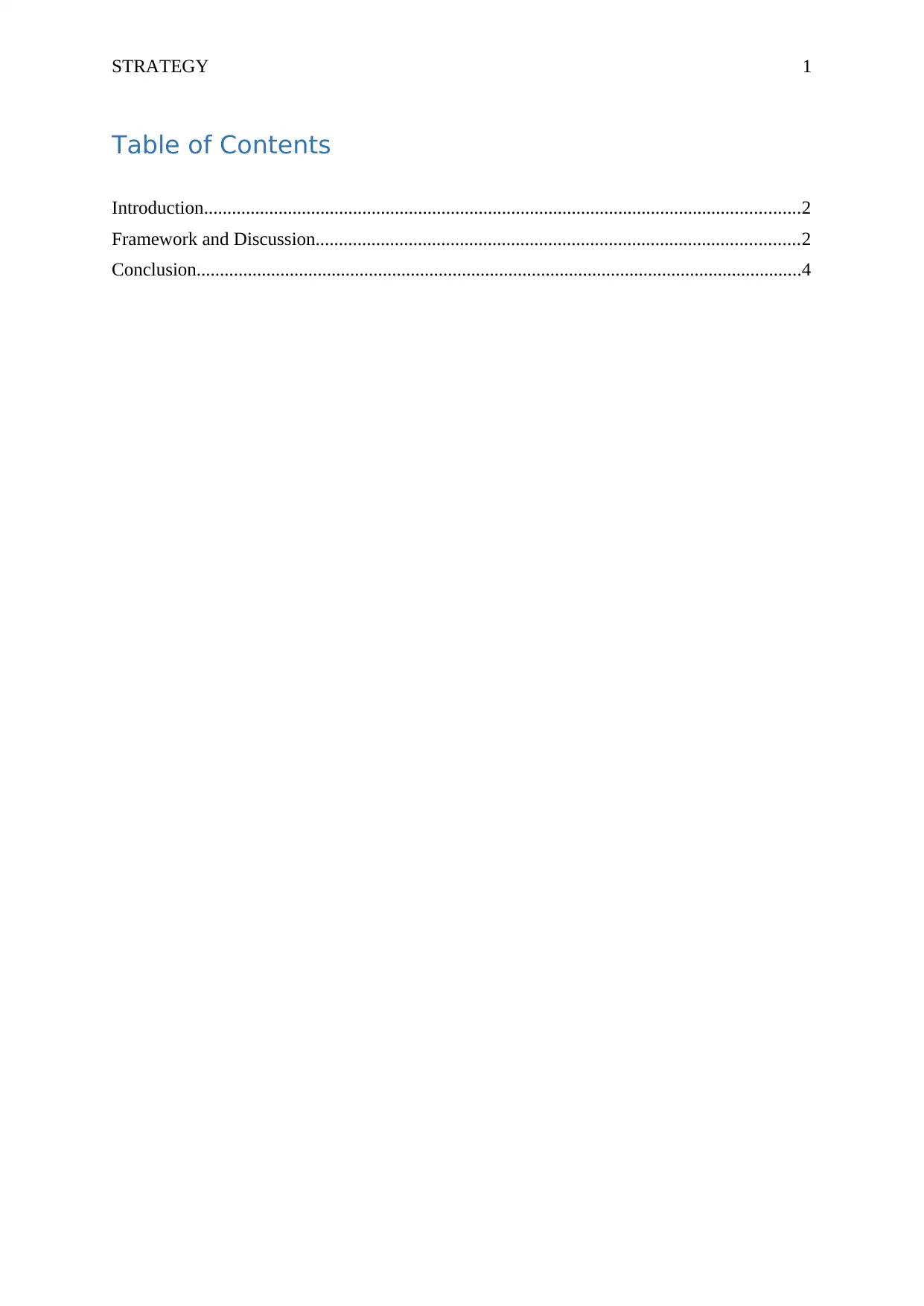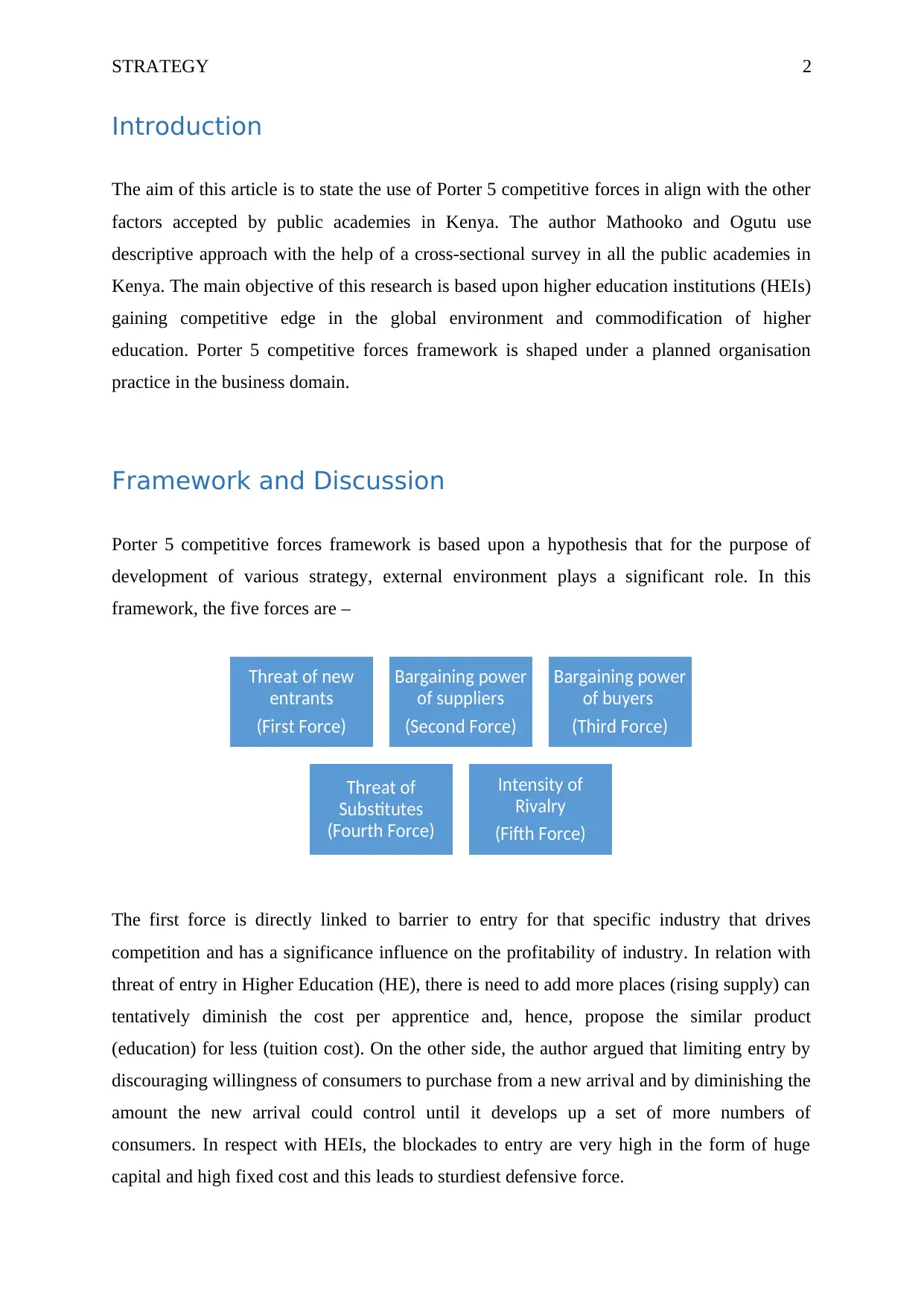Porter's Model & Response Strategies in Kenyan Public Universities
VerifiedAdded on 2023/04/21
|5
|721
|366
Case Study
AI Summary
This case study examines the application of Porter's Five Forces framework in Kenyan public universities, drawing upon research by Mathooko and Ogutu. It explores how these forces—threat of new entrants, bargaining power of suppliers and buyers, threat of substitutes, and competitive rivalry—influence the strategic choices of Higher Education Institutions (HEIs) in Kenya. The analysis highlights the high barriers to entry in the HE sector due to capital and fixed costs, the role of skilled labor as a supplier, and the increasing bargaining power of students as buyers due to the growing number of HEIs. It also addresses the threat posed by distance education and online programs, as well as the impact of government regulations and economic factors on strategic decisions. The study concludes that the application of Porter's framework enables HEIs to operate more strategically, leading to more efficient functioning and survival in a competitive environment. Desklib offers a wide array of resources, including solved assignments and past papers, to support students in their academic pursuits.
1 out of 5











![[object Object]](/_next/static/media/star-bottom.7253800d.svg)